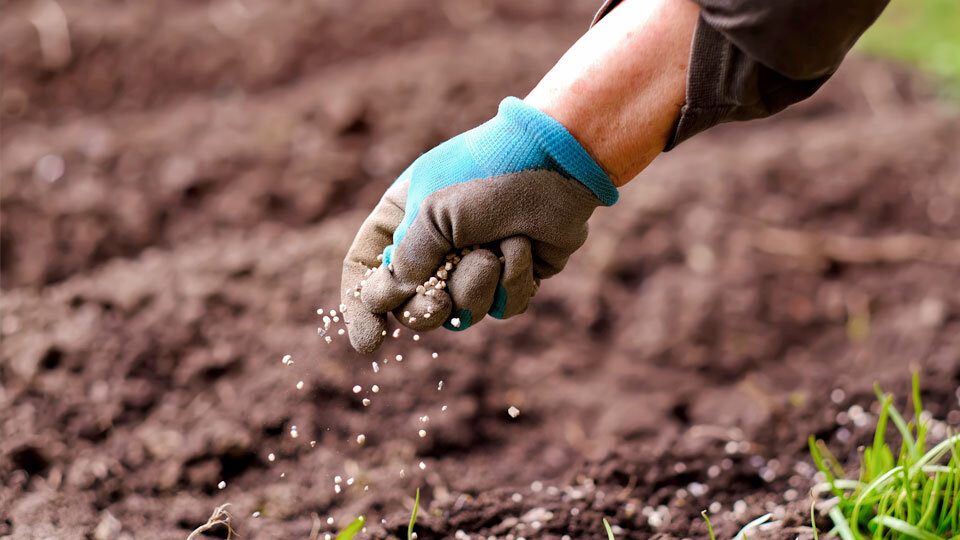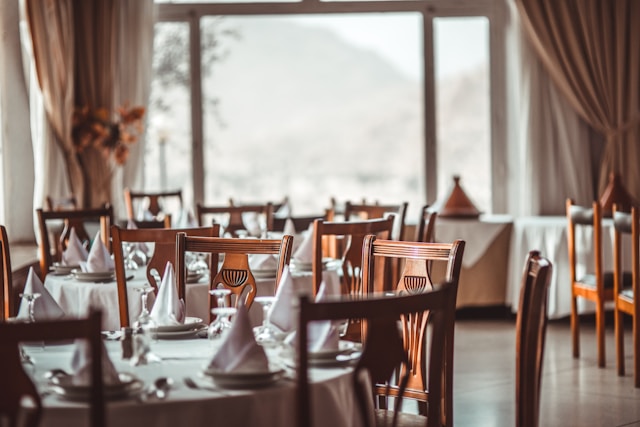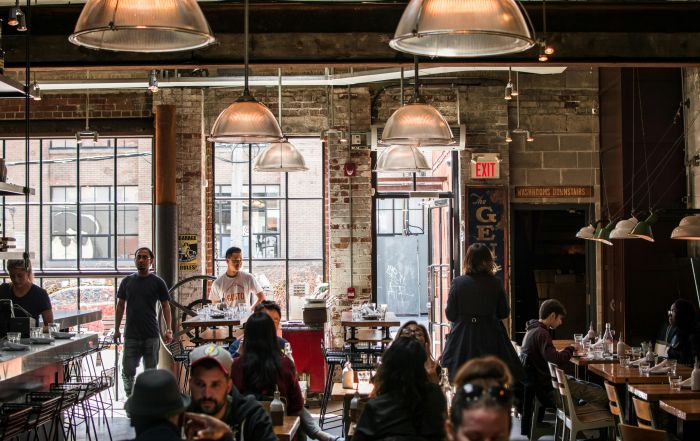Adopting an environmental supply chain.
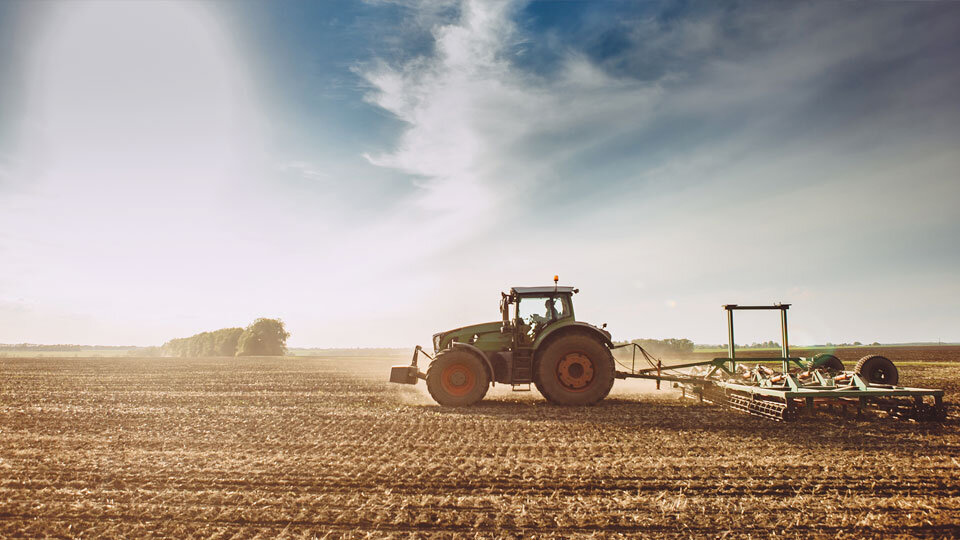
Sustainability is a concept that dominates the popular imagination like never before. And it’s a fact we can’t ignore; every day more sprawling, lush forests are being cut down, food waste continues to produce eye-watering amounts of greenhouse gasses and excessive use of plastic is ruining our oceans.
For those of us in the restaurant industry, we’re keen to operate our businesses in a sustainable manner. However, we’re already dealing with complex problems around supply chains, the increasing cost of food and a global staffing crisis. One thing is clear, the pandemic has intensified issues with the supply chain. We’ve asked the experts for advice on navigating the challenges of food supply for a happier, healthier and more sustainable world.

Look at farming methods
We’re all aware that agriculture is a key driver in greenhouse gas emissions. Methane is produced by livestock during digestion. It can also escape from stored manure and organic waste in landfills.
However, according to a recent article from Science Advances, agricultural management practices have the potential to be key in the fight to reverse climate change.
“There’s tremendous potential to help dairy and beef cattle producers to be part of the solution as opposed to just part of the problem”, says Whendee Silver, professor of ecosystem ecology and biogeochemistry at UC Berkeley speaking to the San Francisco Chronicle.
Moving livestock from field to field can help improve air and soil quality. Incorporating crop residue into the soil, using appropriate levels of tillage, compost, planted cover crops, and administering a range of other practices can improve soil health.
Think about sustainable food options
Many of the food products we purchase are concerning, mostly due to the way in which they’re produced. According to data from the United Nations Conference on Trade and Development (UNCTD) nearly 90% of the world’s fisheries are either exploited or depleted. The same can be said for other food groups, where exploitation can be seen in other ways, such as in coffee and chocolate production. And whilst restaurants may not be able to provide a truly sustainable steak, for example (cows will always produce methane) we can seek out more responsibly sourced meat.
Look to local suppliers
Much has been written about the Locavore movement — the idea that you only consume food produced within a 150 kilometer distance, reducing pollution and promoting organic natural resources.
The quality of raw ingredients will be better if you choose to purchase from nearby food suppliers. Your customers will no doubt notice the difference and may even be prepared to pay more for their dining experience.
Consider artisan food suppliers for some of your ingredients. They use hand-crafted, traditional methods of food production and usually make their products in smaller batches.
Evaluate the references and licenses of your suppliers
If you are keen to seek out a local supplier, ask them if they can certify the origin of the products you purchase from them. You can also check out more about their business via industry colleagues, review websites and online searches.
Be sure to request important licenses and inspection accreditations so you have peace of mind that the food they supply will be of the highest quality.
Food safety consultant Rachelle Gutierrez advises you to do some basic research before you commit; “It’s important to find out about their food safety history and understand how they operate.”
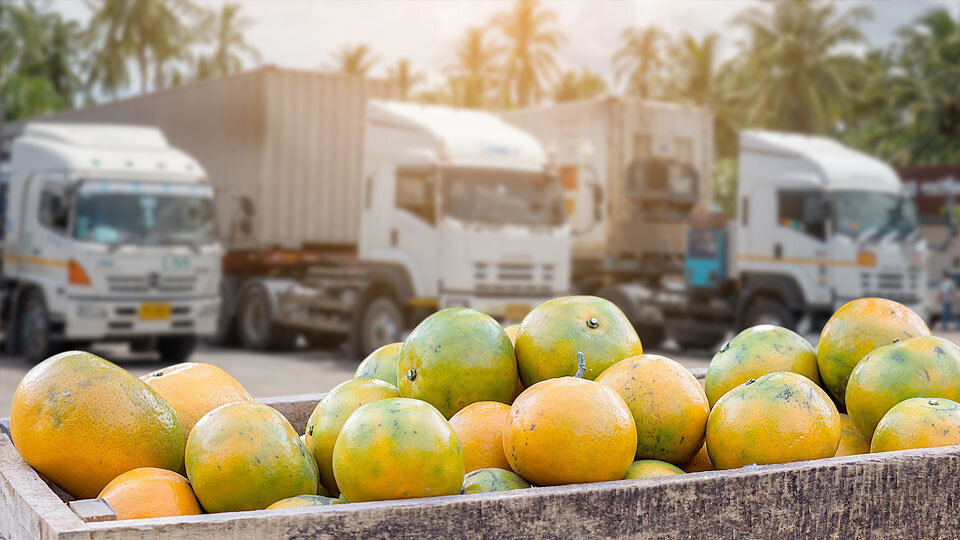
Add more plant-based options to your menu
According to data from Ipsos the number of U.S. vegans grew 300% between 2004 and 2019. Yet despite this, many of us haven’t added enough vegetarian and vegan options to our menus. Whether you use tofu, tempeh, seitan, or legumes, accommodating vegans and vegetarians with meat substitutes is vital.
It’s also important to distinguish between what’s vegan and what’s vegetarian, so ensure that it’s made that clear to your customers. And make sure your staff are well trained too, they should know exactly what’s in each dish and be able to answer any questions about the menu.
Food safety consultant Rachelle Gutierrez adds: “However you plan to change or adapt the food supply in your business, remember that knowledge is key. The more research you do beforehand the more likely you are to avoid problems.”
